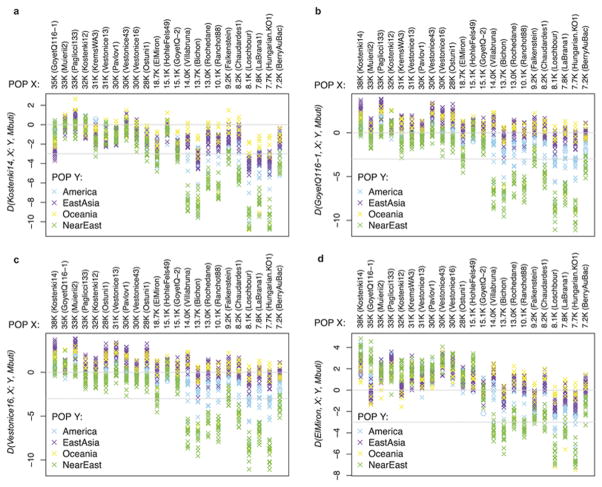Extended Data Fig. 3. Studying how the relatedness of non-European populations to pairs of European hunter-gatherers changes over time.
We examine statistics of the form D(W, X; Y, Mbuti), with the Z-score given on the y-axis, where W is an early European hunter-gatherer, X is another European hunter-gatherer (in chronological order on the x-axis), and Y is a non-European population (see legend). A: W=Kostenki14. B: W=GoyetQ116-1. C: W=Vestonice16. D: W=ElMiron. |Z|>3 scores are considered statistically significant (horizontal line). The similar Figure 4b gives absolute D-statistic values rather than Z-scores (for W=Kostenki14) and uses pooled regions rather than individual populations Y.

